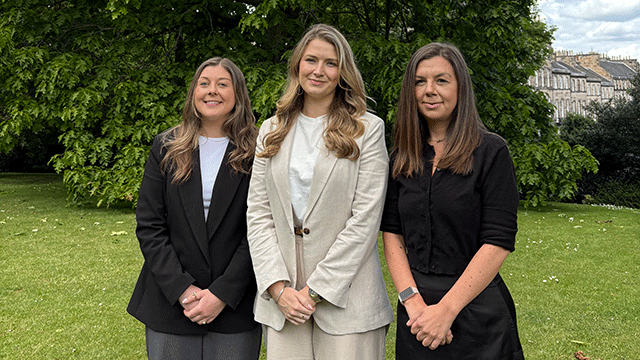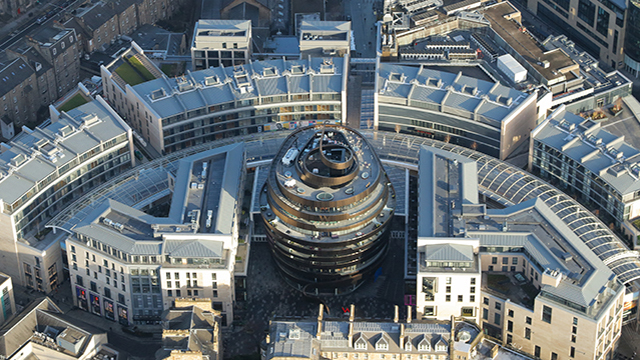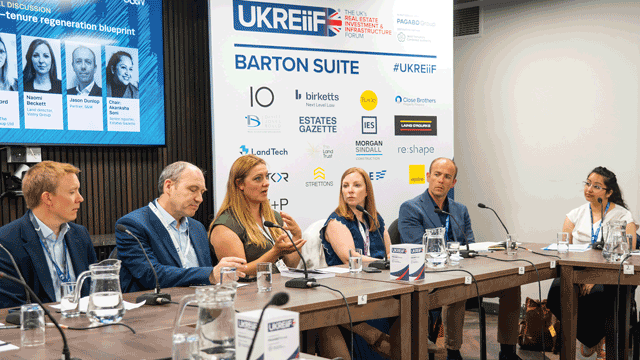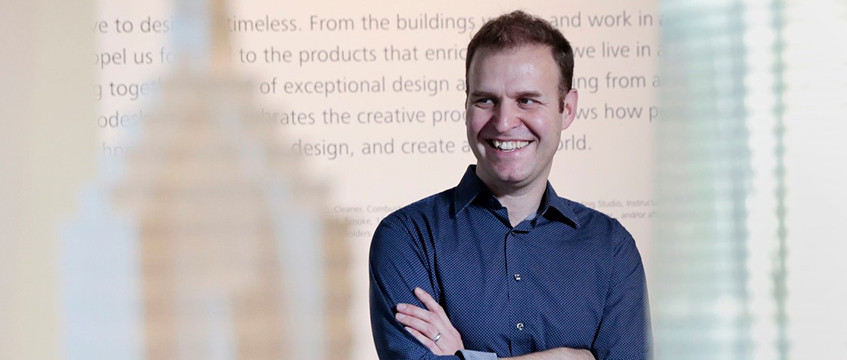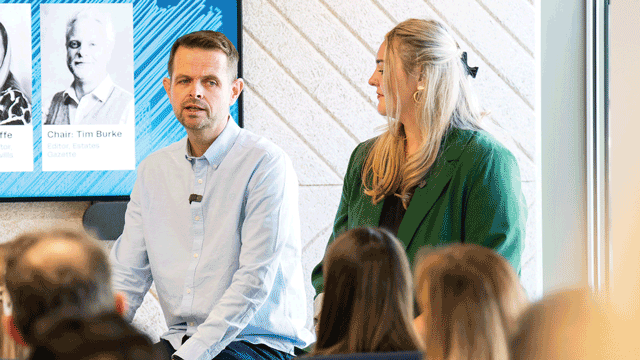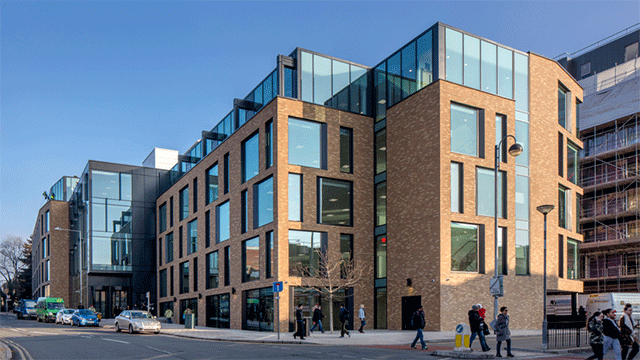A new documentary, 2040, is currently screening at selected cinemas around the world. It is a film from award-winning director Damon Gameau that explores what the future could look like by the year 2040 if we simply embrace the best solutions already available to us to improve our planet and shifted them into the mainstream.
By 2040, the climate science shows us that if we haven’t reduced our carbon emissions by 80% then we are going to be experiencing irreversible climate change and environmental damage. The Bank of England – and many of the world’s largest property investors – has already said that up to £16tn of assets could be wiped out if the climate emergency is not addressed effectively.
In the UK, the response from the largest property investors has been to mobilise themselves by starting to plan for a pathway to net zero carbon by 2050 and halving their carbon emissions by 2030.
A decade to change a property portfolio is no time at all. But data and technology could be those “best solutions” already available to us that can help us to move faster along these pathways.
Five areas of innovation
Looking back 20 years as well as forwards to 2040, there are five areas of innovation that have matured over the past two decades and are shaping how we think about the intersection of technology, property and sustainability:
- Mobile internet, in particular using it to create communities of interest that can easily communicate with one another and to put a wealth of knowledge into our hands
- Alternative financing, in particular green/transition bonds and sustainability-linked loans
- Climate and environmental science, which has made it clear how urgent it is to act to protect the ecosystems which support life on Earth and shown us what solutions we need in order to fix the climate change emergency
- Building instrumentation and control, including building management systems, smart homes and Internet of Things sensors
- Renewable energy, which is now the cheapest form of electricity generation in the UK.
Technological progress has already shown how we can drastically reduce both the hard and soft costs of delivering more sustainable places.
Data analysis shows that a small proportion of large properties (those of more than 5,000 sq m) produce a disproportionately large amount of carbon emissions – a ratio of less than 5% of properties to 50% of emissions. Investing in these first will deliver the biggest and most cost-effective carbon emissions reduction.
Climate change is a challenge where we have the technology which can help fix the problem
Four key technologies
Analysis of the UK market also shows that there are four technologies that can reduce emissions and provide a return within three years:
- Carbon and energy management, including digital optimisation
- Building instrumentation and control
- LED lighting
- Space heating optimisation.
Technological advances in solar and wind energy have also made these the cheapest forms of electricity production in the UK.
Data analysis of existing property portfolios will enable us to prioritise investment in technologies to reduce carbon emissions. We’ll use software to track the progress of technology retrofit programmes and new projects. Software will also be used to measure the savings so that we can finance green projects more easily, and track how the implementation costs of these technologies are falling.
The increase in carbon pricing will mean that other new technologies will become more cost-effective over this time. Climate science will make it clear that this pricing is necessary so our analysis has to remain dynamic.
Climate change is a challenge where we have the technology which can help fix the problem.
To move the action forward on climate change now, we need to continue to mobilise finance, with $525bn (£406bn) already being invested globally in clean energy, and make use of green/transition bonds and sustainability-linked loans.
We need to demonstrate clear demand for these technologies, with customer requirements that have carbon reduction as an integral part of the brief, and not an add-on at additional cost. We need to invest in applied R&D to show how this technology can be delivered at scale in our towns and cities, estates and portfolios.
And, most importantly perhaps, we need to speak the truth about climate change and show leadership so that all stakeholders believe that change is happening now.
Sonny Masero is a sustainability expert and former winner of EG’s Tech Academy




